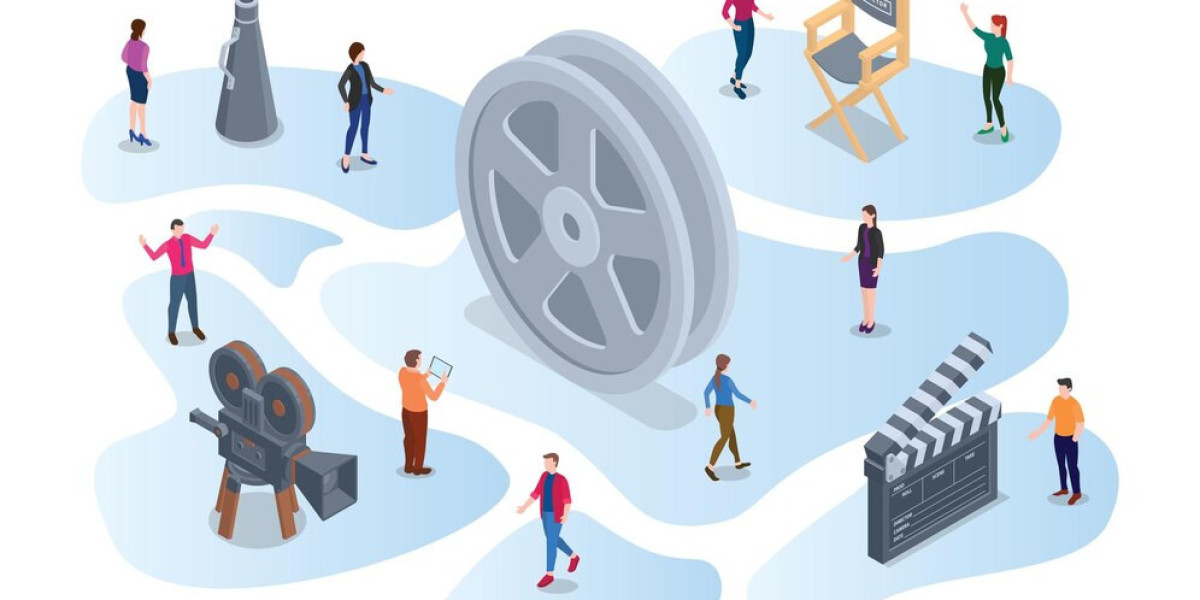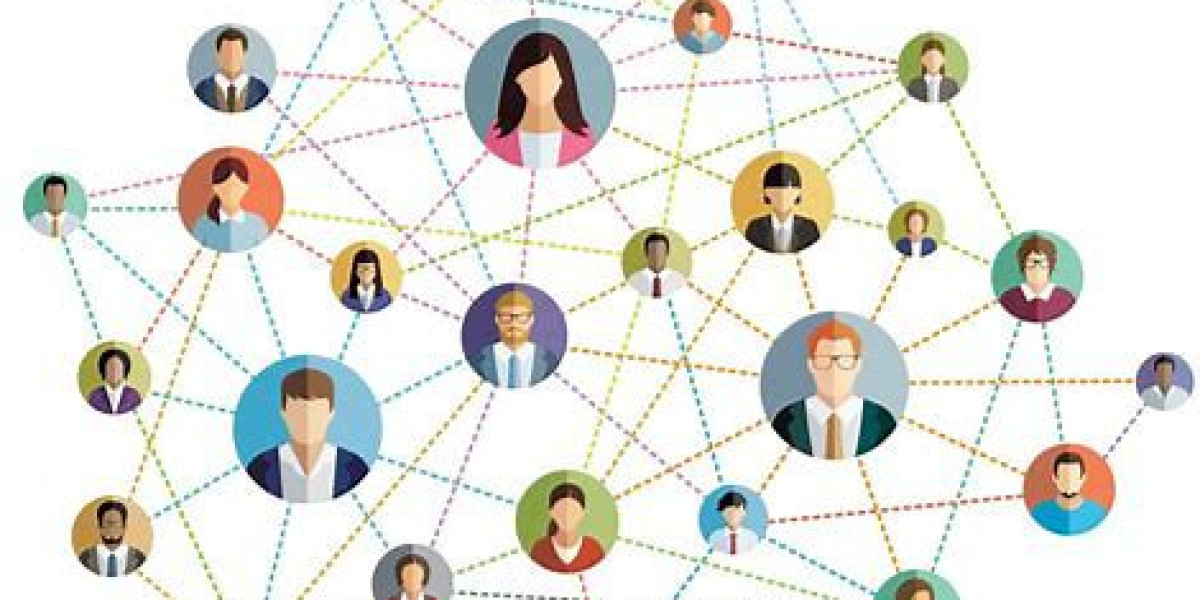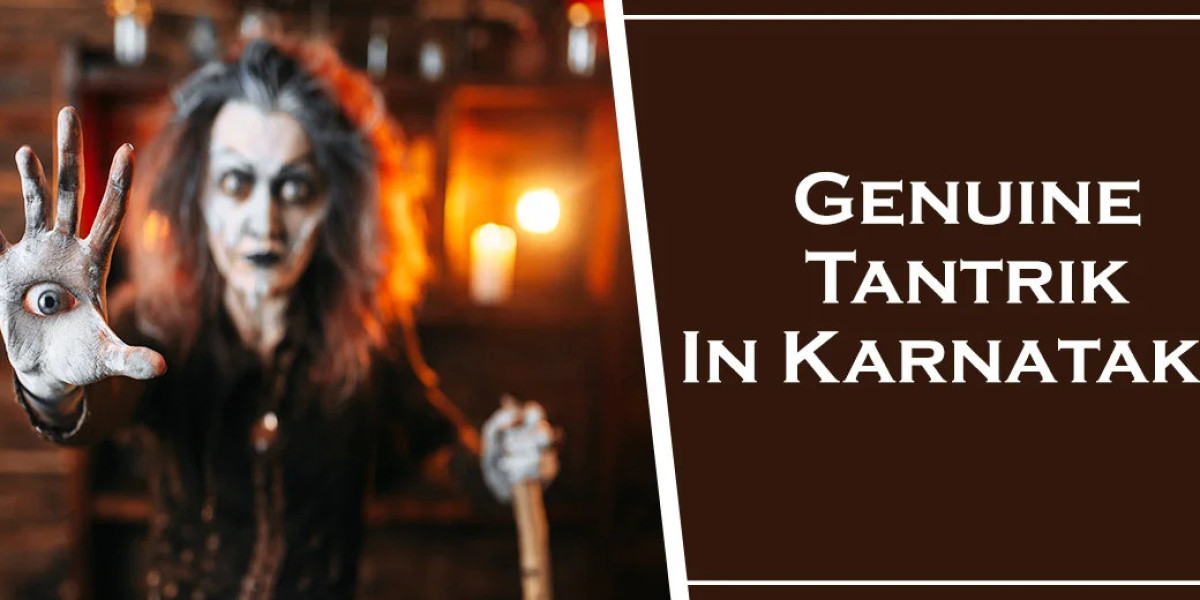In recent years, the integration of 3D animation in the film industry has revolutionized the way stories are told, transforming visual effects, storytelling techniques, and audience engagement. From animated features to blockbuster live-action films, 3D animation has become an indispensable tool for filmmakers, offering new opportunities for creativity, realism, and innovation. This blog explores how 3D animation is reshaping the film industry, the role of animation studios in Dallas, and the impact of 2D animation services in this ever-evolving landscape. We will also explore the differences between indie, AA, and AAA games and how these trends are influencing animation styles in the film world.
The Rise of 3D Animation in Filmmaking
The Shift from Traditional to Digital Animation
For decades, traditional hand-drawn animation was the hallmark of the film industry. Studios like Walt Disney Animation and Studio Ghibli dominated the animation world with 2D masterpieces that captured the hearts of audiences worldwide. However, with the advent of 3D animation technology in the 1990s, a significant shift began to occur. Pixar’s Toy Story (1995) marked a turning point, being the first fully computer-animated feature film. It showcased the power of 3D animation and how it could transform storytelling and visual experiences.
Today, 3D animation is not only a major player in animated films but also a critical component of live-action productions. Films like Avatar, The Avengers, and The Lord of the Rings trilogies have demonstrated how 3D animation can be used to create immersive worlds, intricate characters, and thrilling visual effects. As technology continues to advance, the lines between live-action and animation are becoming increasingly blurred.
The Power of Realism
One of the key advantages of 3D animation over traditional 2D techniques is its ability to create hyper-realistic visuals. 3D animation allows for intricate details such as realistic lighting, textures, and movements that are difficult to achieve with 2D animation. In live-action films, the use of 3D animation in visual effects (VFX) helps enhance everything from explosions and natural phenomena to the creation of lifelike digital characters.
For example, the motion-capture technology used in films like Avatar has allowed directors to create photo-realistic CGI characters like the Na'vi, who interact with live actors in a seamless way. Similarly, 3D animation is used to create detailed environments that look and feel real, providing an immersive experience that captivates the audience.
Animation Studios in Dallas: The Heart of Innovation
Dallas has emerged as a thriving hub for animation studios, particularly in the realm of 3D animation services. Animation studios in Dallas have played an integral role in pushing the boundaries of animation technology, contributing to the film industry’s evolution by creating state-of-the-art animation that merges art and technology.
The Growth of the Dallas Animation Industry
Dallas is home to a growing number of animation studios that specialize in 3D animation services, providing high-quality content for a variety of industries, including film, television, gaming, and advertising. These studios combine creative talent with cutting-edge technology to produce stunning animated content that competes on a global scale.
For example, some Dallas-based animation studios have worked on major Hollywood films, contributing to high-profile productions with innovative 3D animation and visual effects. These studios are also helping to shape the future of animation by experimenting with new techniques, blending 2D animation services with 3D to create unique, hybrid styles. The success of these studios is a testament to the growing demand for high-quality animation and the growing influence of animation in the film industry.
Why Dallas?
The appeal of Dallas as a center for animation stems from its accessibility, diverse talent pool, and robust creative industries. With its vibrant arts community, universities offering specialized degrees in animation, and an increasing number of successful animation studios, Dallas has become a hotspot for animation professionals and aspiring animators. Furthermore, the city offers a relatively lower cost of living compared to other creative hubs like Los Angeles and New York, making it an attractive location for both established animation companies and independent creators.
The Role of 2D Animation Services in the Era of 3D
While 3D animation services have taken center stage, 2D animation services still play a critical role in the film industry. In fact, the coexistence of 2D and 3D animation has led to the development of new hybrid styles that draw from both mediums to create unique visual experiences.
2D Animation in Feature Films
In recent years, some filmmakers have returned to 2D animation to capture a sense of nostalgia, artfulness, and creativity that is difficult to achieve with 3D animation. Disney’s The Princess and the Frog (2009) and Studio Ghibli’s The Wind Rises (2013) are prime examples of how 2D animation can still captivate audiences with its fluidity, expressiveness, and handcrafted aesthetic. Even in the world of video games, Indie vs AA vs AAA Games have embraced different animation styles, with indie games often relying on 2D animation for its low cost and artistic value, while AA and AAA games invest more heavily in 3D animation for more immersive experiences.
Hybrid Animation: The Best of Both Worlds
Many films today blend 2D animation services with 3D to create a hybrid aesthetic that balances the expressive beauty of 2D with the realism of 3D. Movies like Spider-Man: Into the Spider-Verse (2018) have revolutionized the animation world by combining 2D and 3D elements to create a visually dynamic film. This blend allows animators to capture the depth and motion of 3D animation while retaining the stylistic qualities of 2D animation.
As filmmakers experiment with hybrid styles, we are seeing a growing trend of incorporating both animation techniques into feature films, music videos, and short films. This fusion of 2D and 3D animation allows for greater flexibility in storytelling, giving animators and directors the ability to experiment with different visual approaches and artistic styles.
The Impact of Animation on Gaming
Indie vs AA vs AAA Games
The world of video games has been deeply influenced by the advancements in animation, particularly in the realm of 3D animation. However, animation styles in games differ significantly across various types of games, ranging from indie to AA to AAA titles.
Indie Games: Indie developers typically work with limited budgets and resources, which often leads them to opt for 2D animation services. While 3D animation is still used in some indie games, the lower cost and flexibility of 2D animation make it a popular choice. Indie games like Celeste and Hollow Knight showcase how 2D animation can create highly stylized, beautiful games with a personal, handcrafted feel.
AA Games: AA games have higher production values than indie titles, and developers may use a combination of 2D and 3D animation to strike a balance between cost and quality. Games like LittleBigPlanet and Kingdoms of Amalur: Reckoning illustrate how AA games can incorporate 3D animation with a focus on expansive environments and engaging character designs.
AAA Games: AAA games, developed by large studios with substantial budgets, rely heavily on 3D animation to create expansive, lifelike worlds, detailed character models, and realistic physics. Titles like The Witcher 3: Wild Hunt and Red Dead Redemption 2 are prime examples of how AAA games use cutting-edge 3D animation technology to create immersive experiences that rival Hollywood films in terms of visual fidelity.
The Future of Animation in Games and Film
As the line between video games and film continues to blur, with filmmakers like Peter Jackson producing game-inspired films and video game developers creating cinematic experiences, the influence of animation on both industries is set to grow. The future of 3D animation in film and gaming will likely involve greater collaboration, with studios and developers working together to create experiences that combine the best elements of both worlds.
Conclusion: A New Era of Animation in the Film Industry
The evolution of 3D animation has had a profound impact on the film industry, transforming how stories are told and how audiences engage with them. From the rise of animation studios in Dallas pushing the boundaries of creativity to the blending of 2D and 3D animation techniques, the possibilities for filmmakers and animators are endless. The distinctions between indie, AA, and AAA games also show how animation has become a fundamental aspect of game design, influencing everything from visual aesthetics to gameplay mechanics.
As technology continues to advance, the role of 3D animation services will only grow, making it an essential tool for future filmmakers, game developers, and animators. Whether it’s creating hyper-realistic characters, fantastical worlds, or blending various animation styles, the future of animation in the film industry is bright, and the impact of animation studios in Dallas will undoubtedly play a significant role in shaping this exciting future.







